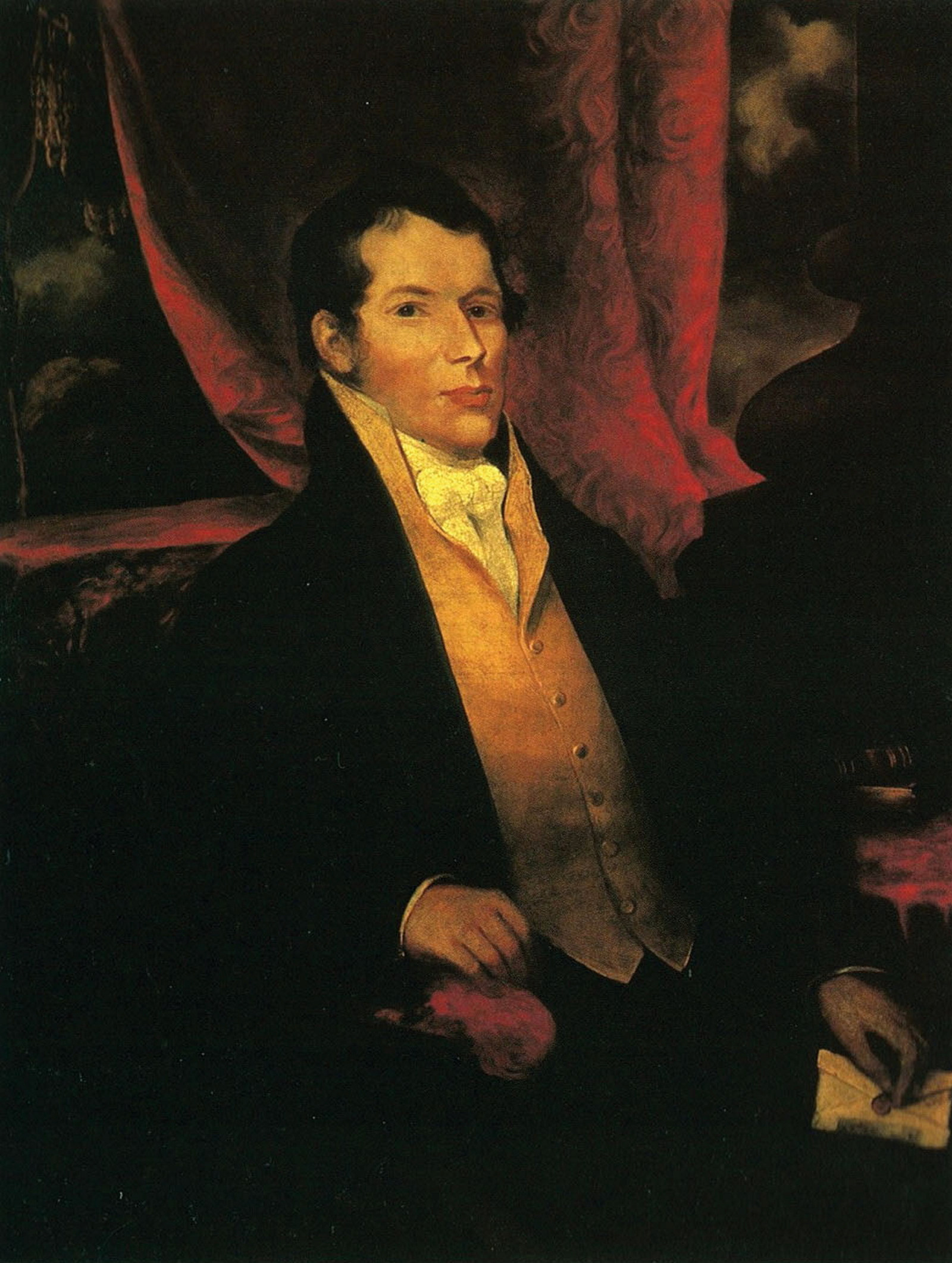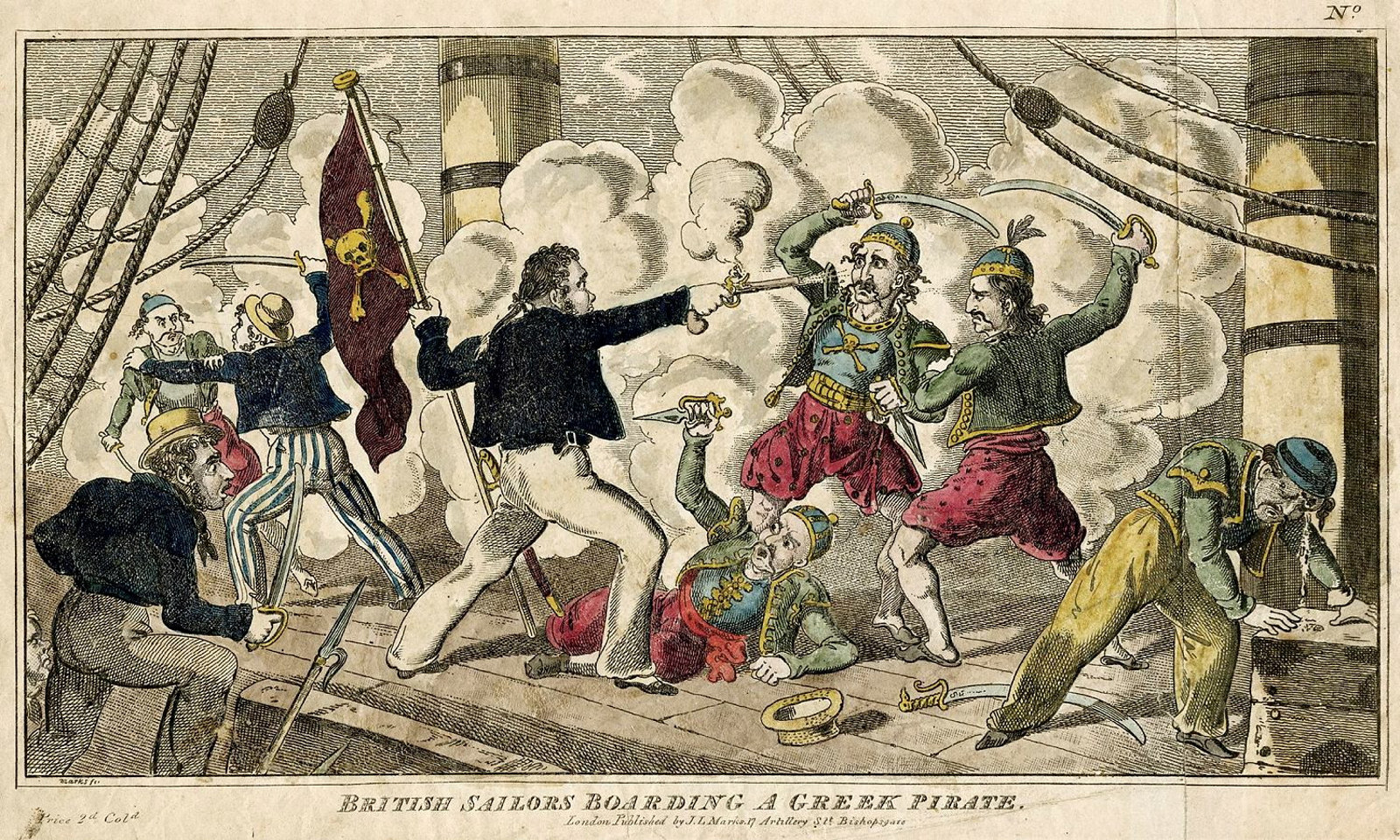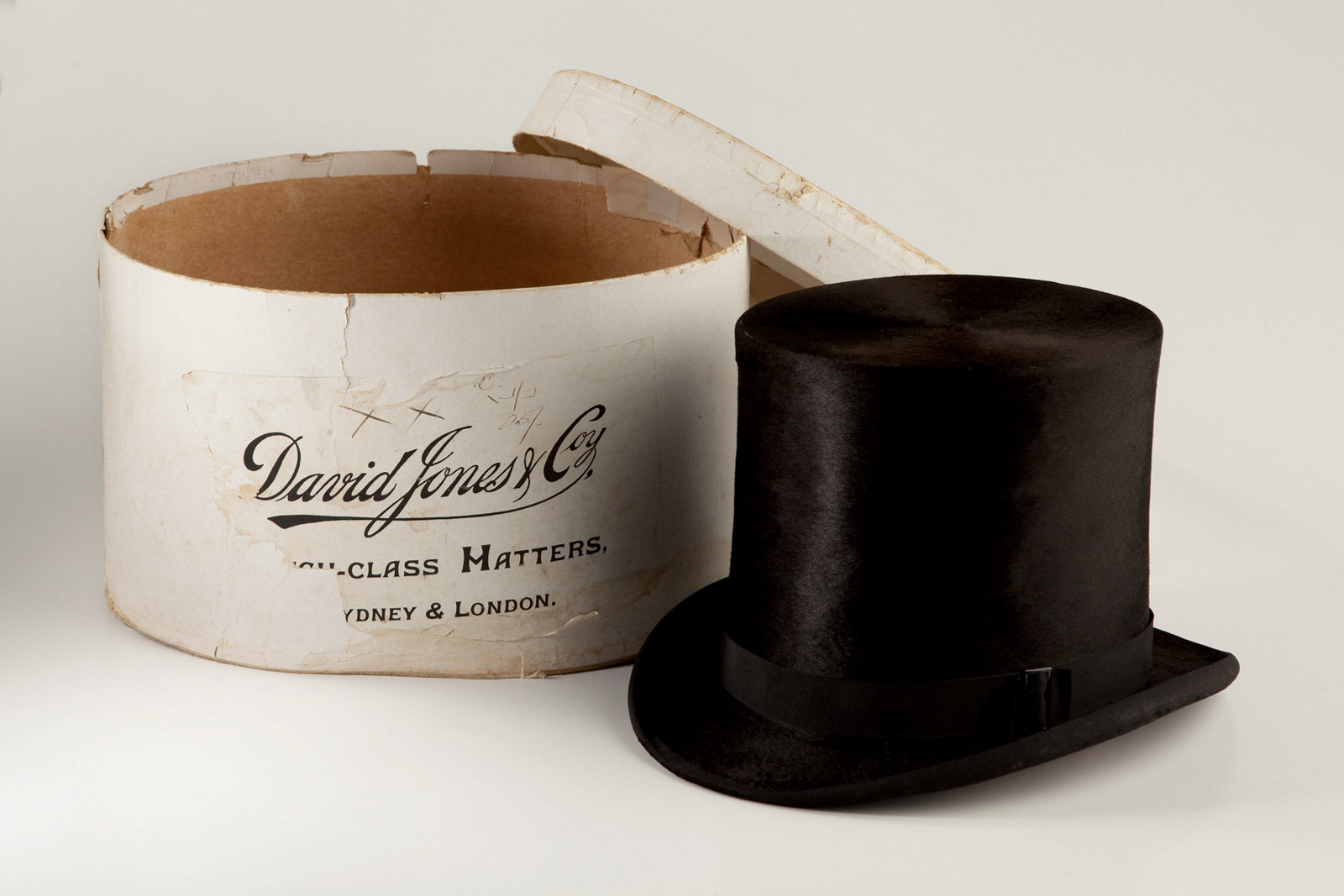If these walls could talk: Elizabeth Farm
A century after it was built Elizabeth Farm had become a local eyesore – forlorn, tumbling down and neglected. Then along came a plucky and energetic schoolteacher who sized it up as the answer to his family’s long-running housing troubles.
By the end of the 1800s Elizabeth Farm, huddled in its overgrown garden and dwarfed beneath towering pines, could only be glimpsed from afar, across weedy paddocks. Its previous owners had manufactured disinfectants and glues in the back wing, leaving the air rank and noxious. Cows stumbled through its empty rooms, wallpaper sagged from sodden walls and weeds sprouted through floorboards. Once the envy of colonial Sydney – the home of wool pioneers John and Elizabeth Macarthur – it was now lost in time, ringed by suburbia on the fringes of Parramatta.
A peripatetic saviour
Before he bought Elizabeth Farm in 1903, Yorkshireman William Swann had lived a nomadic life, mining copper in South Australia, working his way to Sydney on a coastal steamer and toiling in the goldfields of central NSW. In 1870 he met and married Elizabeth Devlin, with the first of their many children arriving soon after. Almost 30 years old and struggling to make ends meet, he took up teaching. This became his lifelong passion.
Successive postings to remote country settlements and, later, Sydney suburbs meant regularly shifting his evergrowing family from one miserable teacher’s cottage to another. As the 20th century dawned the Swanns desperately needed a more suitable place to live – one this family of 14 could call home.
Back from the brink
The Swanns saved Elizabeth Farm from demolition, with the whole family helping out with renovations. Though he kept on teaching, the inventive and thrifty William often rolled up his sleeves alongside tradesmen and labourers, displaying his own flair for building and keeping costs down.
In less than two years the Swanns had a comfortable home. Gas, water, sewerage and electricity were connected and a telephone soon installed. Walls were patched, painted and papered, doors and windows updated and ceilings modernised with decorative metal sheeting. Armies of termites were chased from the woodwork. Roofs and guttering were fixed while recycled sheds, newly planted gardens and well-fenced paddocks surrounded the house. Perched proudly on its grassy hillside, Elizabeth Farm was back from the brink.
A Parramatta institution
On New Year’s Eve 1905 the no doubt exhausted Swann family gathered around the dining room table to enjoy the first meal in their new home. At the head was William, now in his 60s, bushy bearded and slightly built, his health quickly failing. Sadly, William died just four years later. But Elizabeth and eight of her nine daughters remained at Elizabeth Farm for the rest of their lives. They continued to maintain and cherish the estate, from where they ran a range of commercial and charity-based activities. When the farm was finally sold in 1968, paving the way for the creation of today’s house museum, the Swanns had rightly become a Parramatta institution.
Note
The author acknowledges A house re-born: the story of William Swann of Elizabeth House, Parramatta by Elizabeth Plimer and Ellen Errey (self-published, 1991) as a key reference for this article
Published on
Related

Convict Sydney
John Macarthur - Ambitious, volatile, self-confident
John Macarthur is well remembered as an ambitious and ruthless soldier who forged a powerful colonial farming dynasty

The Maltese connection: the unexpected origins of Elizabeth Farm’s convict workers
The story of three men from Elizabeth Farm shows that theft was only one reason for transportation and that Britain was far from the only source of convicts sent to NSW

Bicornes, bonnets & boaters
There’s a variety of headwear across our collections ranging in date from early to late nineteenth century

In the pink at Elizabeth Farm
Amid the late summer bounty in the garden at Elizabeth Farm, the crepe myrtle is the undoubted star of the show
